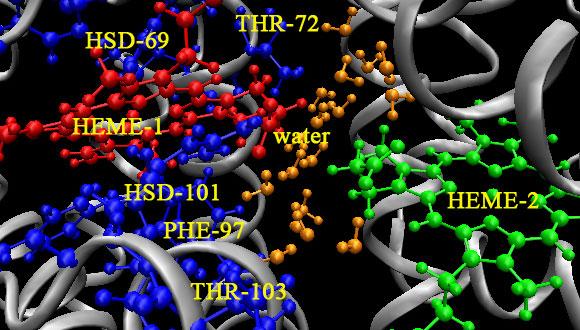סמינר בכימיה פיזיקלית: Single walled carbon nanotubes as optical sensors at the nanoscale
Dr. Gili Bisker Raviv, Department of Chemical Engineering, Massachusetts Institute of Technology, Cambridge, USA
Abstract:
Single walled carbon nanotubes (SWCNTs), graphene sheets rolled up into a cylinder, have unique physical properties with commensurately revolutionary applications in nanotechnology. Their electronic properties, including whether a tube is semiconducting or metallic, are completely determined by the nanotube’s particular lattice structure, termed its chirality. Semiconducting SWCNTs have intrinsic bandgap fluorescence of excitonic nature over a wide range of the near infrared (nIR) regime. Their fluorescence emission benefits from high photo-stability, lack of photobleaching, and narrow spectral bandwidth. Upon tailored surface functionalization, SWCNT spectral response is sensitive to the local environment, exhibiting a modulation of fluorescent intensity or a shift of the peak emission wavelength, enabling real-time optical detection. In this talk, I will present the recent discovery of a SWCNT-heteropolymer complex that recognizes the protein fibrinogen with high selectivity, using the concept of Corona Phase Molecular Recognition (CoPhMoRe). In this approach, a heteropolymer is adsorbed onto and templated by the surface of an optically-active nanoparticle to recognize a specific target analyte. Upon analyte binding, the optical response of the underlying SWCNT scaffold renders it an optical nanosensor. This is the first demonstration of CoPhMoRe for macromolecular targets, opening new avenues for synthetic, non-biological antibody analogues with promise for medical and clinical applications.


